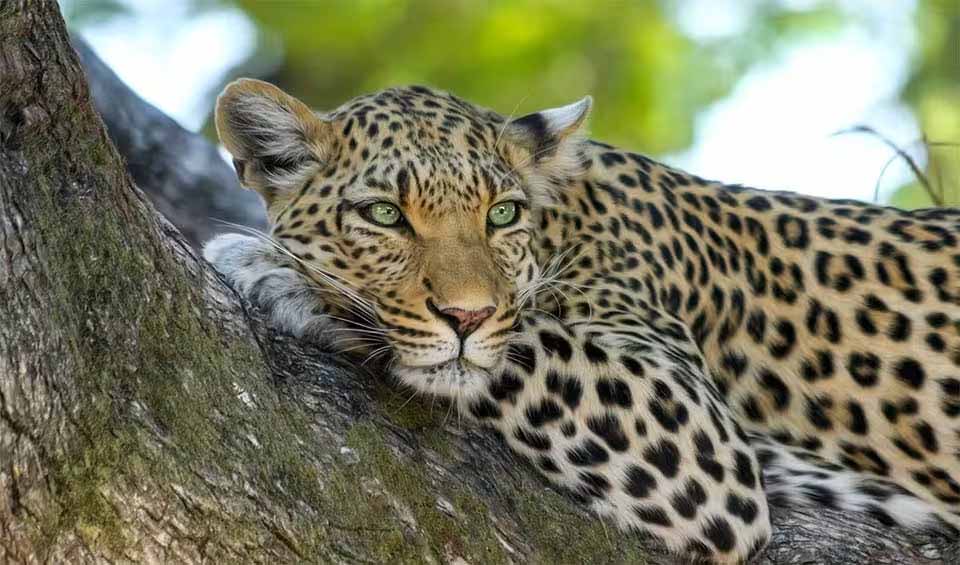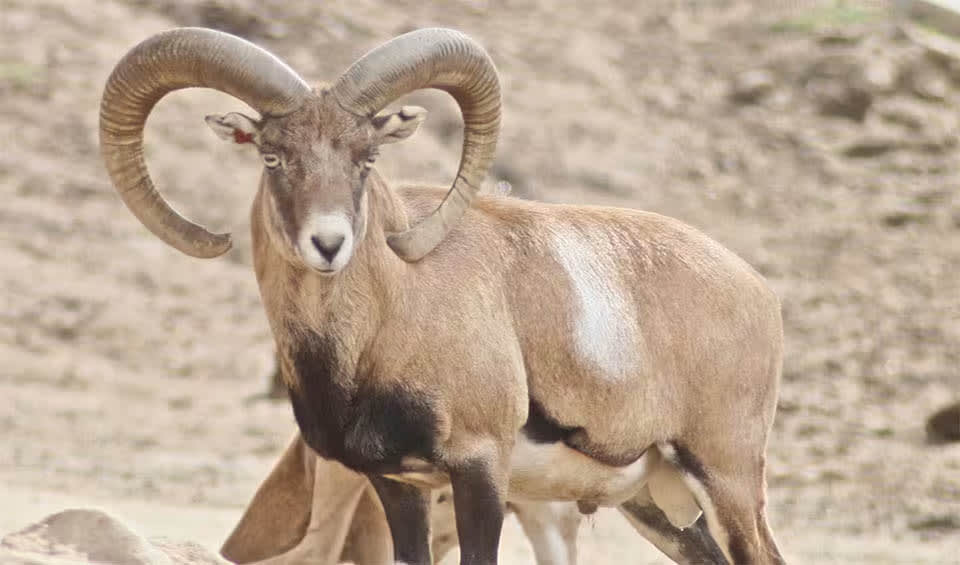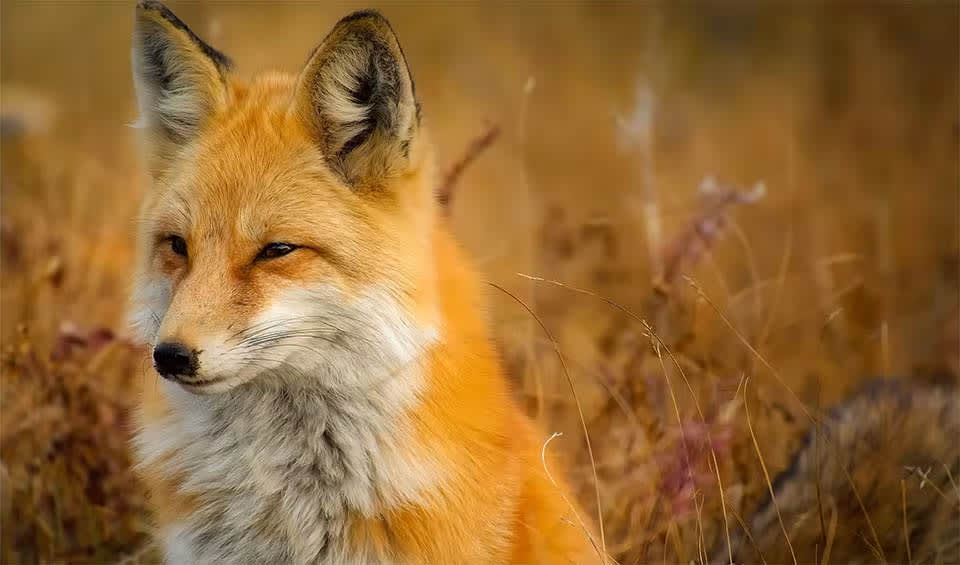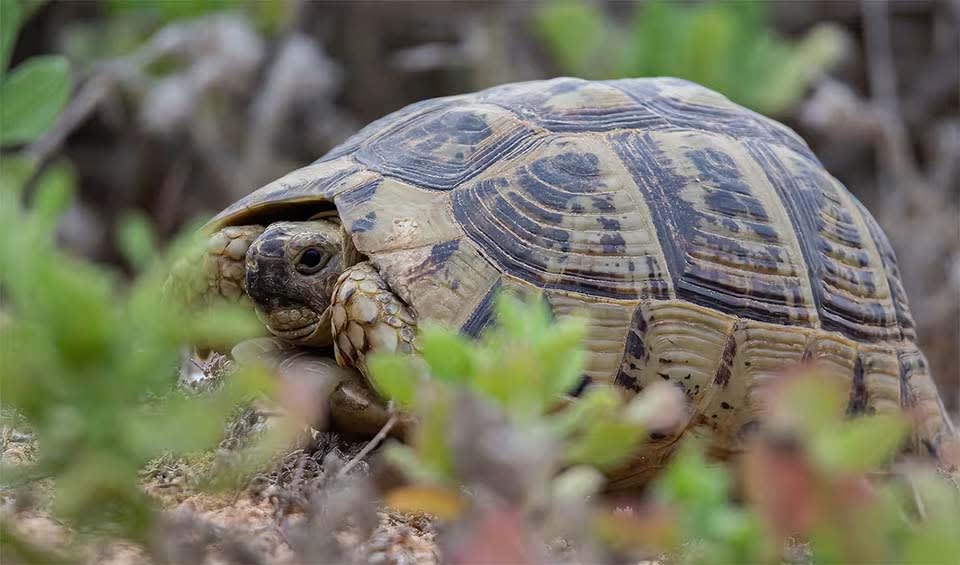Armenia’s landscape is defined by its mountainous highlands, swift-flowing rivers, and fertile lands along the Aras River valley. The majority of the country’s terrain is devoted to human activities, primarily rainfed agriculture. Despite this extensive land use, Armenia has gained recognition as a global biodiversity hotspot, with designated areas earmarked for protection under the Global Strategy for Plant Conservation.
Economically speaking, forests play a pivotal role in Armenia’s natural ecosystem, serving as vital resources. These open forests are utilized by local communities primarily for timber and seasonal grazing. Moreover, they harbor a variety of herbs and edible plants, which are harvested by locals for both personal consumption and sale in domestic markets.
Four pillars elaborated:
Specially designated areas play a vital role in Armenia’s efforts to conserve biodiversity effectively. These areas cover a total of 379,187 hectares (3,791.87 km²), equivalent to 12.7% of the country’s total land area (or 7% excluding Lake Sevan). Forest ecosystems make up 54% of these specially protected areas, providing refuge for 70% of Armenia’s flora and fauna. The protected area network comprises 3 state reserves (Khosrov, Shikahogh, Erebuni), 26 state sanctuaries, 4 national parks (Sevan, Dilijan, Lake Arpi, Arevik), and 230 natural monuments. Land Management
Land Management
Efforts to establish additional protected areas are ongoing, with plans for two more in southern Armenia (Gnishik and Khustup) and the development of the Shikahogh biosphere reserve in the Syunik region, supported financially by the KfW Development Bank.
Biodiversity decline has accelerated notably in the past century due to industrialization, agriculture, urban expansion, energy demands, and extensive exploitation of forests, grasslands, and other ecosystems. Anthropogenic activities pose the primary threats to biodiversity, directly or indirectly. These encompass habitat alteration, overexploitation, pollution from wastewater and fertilizers, overgrazing, deforestation, illegal logging, tourism expansion, introduction of non-native species, climate change, and inadequate irrigation practices leading to soil salinization and erosion. Threats to Biodiversity
Threats to Biodiversity
Approximately 40% of the country’s agricultural land is affected by erosion, resulting in significantly reduced crop yields compared to unaffected land. The impacts of human influence are particularly pronounced on forested, semi-arid, and steppe environments, as well as on the aquatic ecosystem of Lake Sevan.
Armenia has developed three key strategic documents closely tied to biodiversity conservation: the Second National Environmental Action Programme (2008), the Biodiversity Strategy and Action Plan (1999), and the Strategy for Developing Specially Protected Areas and National Action Plan (2002). These efforts extend into various policy areas, notably agriculture and forestry, with initiatives like the Land Code and Agricultural Sustainable Development Strategy promoting biodiversity. Additionally, the Poverty Reduction Strategic Program recognizes the environmental challenges of natural resource exploitation, emphasizing forest rehabilitation and environmental improvement. Capacity and Governance
Capacity and Governance
While coordination in biodiversity policy implementation faces challenges, progress has been made in agrobiodiversity through capacity-building and information-sharing, including the establishment of an interdepartmental committee for plant genetic resources in 2005.
Armenia has crafted a comprehensive Biodiversity Strategy and Action Plan (NBSAP) to steer its endeavors in conserving and sustainably managing its biodiversity. The plan centers on protecting and restoring ecosystems, conserving species, promoting sustainable biodiversity use, and enhancing public awareness and education. Future Trends
Future Trends
Armenia actively engages in international collaborations like the Convention on Biological Diversity and the Emerald Network, tapping into technical expertise and financial support while sharing best practices. However, Armenia faces challenges such as habitat loss and degradation due to unsustainable practices, the impacts of climate change, and limited financial resources for NBSAP implementation.
Biodiversity
Armenia is home to a diverse range of flora and fauna species due to its unique geography and climate. Some of the endemic flora species found in Armenia include the Armenian oak, Armenian plum, and Armenian juniper. On the other hand, some of the endemic fauna species include the Armenian mouflon, Armenian viper, and Armenian gull. Armenia’s landscapes are equally diverse, ranging from high mountain peaks to deep gorges and lush forests.Some of the notable landscapes include the stunning Lake Sevan, the picturesque Dilijan National Park, and the snow-capped Mount Ararat. Additionally, the country is home to numerous historic monasteries and architectural marvels, such as the famous Geghard Monastery and the ancient Temple of Garni.
In the table below are the number of known species in several main groups, how many of these species are Threatened with extinction, and how many of them are Endemic (unique to Armenia only):
| Species (World rank) |
Threatened | % Threatened | Endemic | % Endemic | |
|---|---|---|---|---|---|
| Mammals | 98 (#113) | 9 | 9.2% | 2 | 2.0% |
| Birds | 297 (#125) | 14 | 4.7% | ||
| Reptiles | 56 (#116) | 7 | 12.5% | ||
| Amphibians | 8 (#144) | ||||
| Fishes | 55 (#202) | 3 | 5.5% | 1 | 1.8% |
| Plants | 3,491 (#102) | 74 | 2.1% | 108 | 3.1% |
mammals
Leopard
Disappearing graceful shadows, this tree-climber is on the way to extinction
Mouflon
Considered as one of the ancestors of all modern domestic sheep
Red fox
Ladies and gentlemen, please welcome the world’s most widely distributed carnivore!
birds
Peregrine falcon
At the speed of over 321 km/h (200 mph), this bird outraces a Formula1 car
Glossy ibis
These birds seem to have lost their way to the beauty pageant
Mute swan
Known for their graceful movements and the distinctive “S” shape of their neck
reptiles
Grass snake
One of the most common reptile of the European wetlands
Greek tortoise
The mosaic-shelled marvel of the Mediterranean
Dice snake
A big, harmless snake that likes to live near freshwater
amphibians
Eastern spadefoot
While most frogs lay their eggs in permanent water bodies, this special frog prefers temporary pools that form after heavy rains
Savignys treefrog
Also known as the Lemon-yellow tree frog, the Middle East tree frog
Marsh frog
Quite noisy creatures which is a common sight in wetland areas
National Animals
Lion
Tufted-tailed Simba in the plight
Golden eagle
This majestic brown raptor is most widely distributed eagle species


















